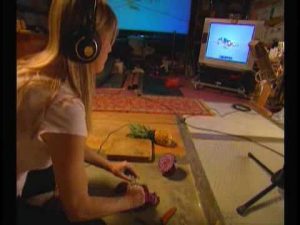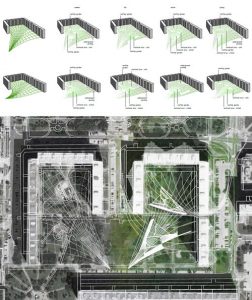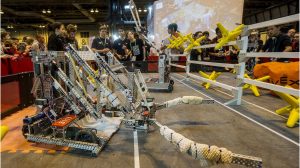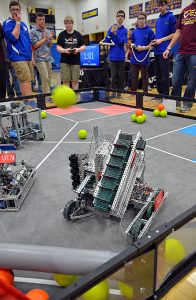Project name: Random-art.org
Link: http://www.random-art.org/online/
I found this by quite literally searching “random art.” It was one of the first few things to come up. It uses an algorithm to “randomly generate” art based on the title people input. While this isn’t true randomness, it does add a factor of randomness into the mix. I think that’s what I like about this: it has kind of randomness that makes the art meaningful based on what people put into it.
Note: I was unable to obtain a photo or other media item to display on this page. I recommend going to the site for examples of the art.
![[OLD FALL 2018] 15-104 • Introduction to Computing for Creative Practice](https://courses.ideate.cmu.edu/15-104/f2018/wp-content/uploads/2020/08/stop-banner.png)







